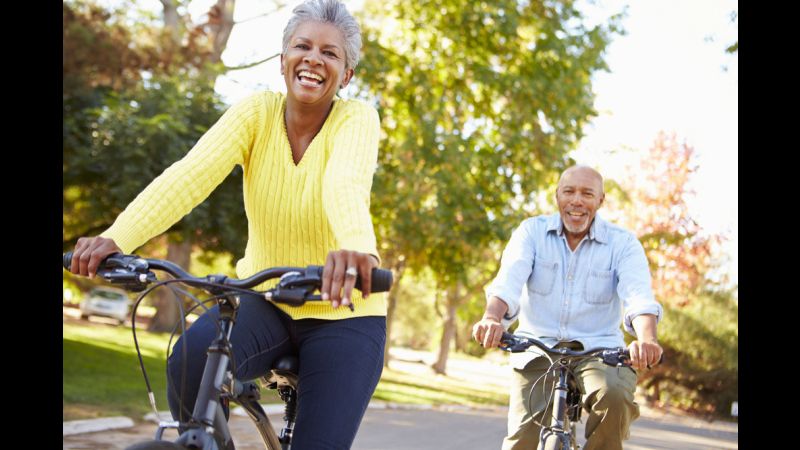The key to staying active is…well…staying active. It sounds kind of obvious but the benefits are far more significant than we previously realized. According to a pair of studies released this past month, seniors who exercise regularly experience far better health outcomes than their sedentary peers.
Those who engaged in routine physical activity were less dependent on prescription medicine, less likely to turn up in the emergency room and substantially less likely to suffer loss of mobility or disability with aging. The findings of both studies provide extremely encouraging news about the amazing health gains that can be made with even modest lifestyle changes.
The Findings
Scientists at the University of Florida observed seniors between the ages of 70 and 89 who lived sedentary lifestyles and were experiencing dwindling mobility. In a group of 1,635 participants, they found that consistent physical activity reduced mobility loss by nearly 30%. The findings suggest that physical activity is a dramatic difference maker in quality of life for seniors and that a positive and beneficial routine can be established even after a long lapse in activity.
A study conducted at the University of Bristol echoed these findings. Among 213 participants whose average age was 78, researchers found that even just 25 minutes of moderate exercise a day could reduce the likelihood of certain health problems. The study showed that those who exercised an average of 39 minutes a day had 50% fewer emergency visits than those who maintained a less active lifestyle.
Researchers endorsed the greater availability of community based programs designed to reach out to and engage seniors in physical activity.
Age Is Just a Number
This is true, even if it feels like a pretty high number. Most of the findings published in these studies applied to seniors in their late 70s and early 80s. This is especially encouraging because it suggests that instituting an exercise regimen later in life can still demonstrate dramatic health benefits. This means that it’s never too late to find something that works for you.
It Doesn’t Take Much
For many seniors, the challenge of simply getting started may seem insurmountable. If you have maintained a sedentary lifestyle for any length of time, the first steps may be the most difficult. But you can take comfort in knowing that once you are able to establish an exercise routine that works for you, you can enjoy the benefits of even a low impact workout.
In fact, Help Guide.org advises against pushing yourself too hard, especially at first. The goal is to promote health without inviting injury. Take precautions by stretching properly, allowing yourself regular rests and developing an exercise routine that works within the confines of your strengths and limitations. If you have chronic injuries or health concerns, develop a routine that accounts for these challenges.
You should always consult a physician before starting a new fitness routine, especially if this is your first time engaging in exercise in a few months or years.

